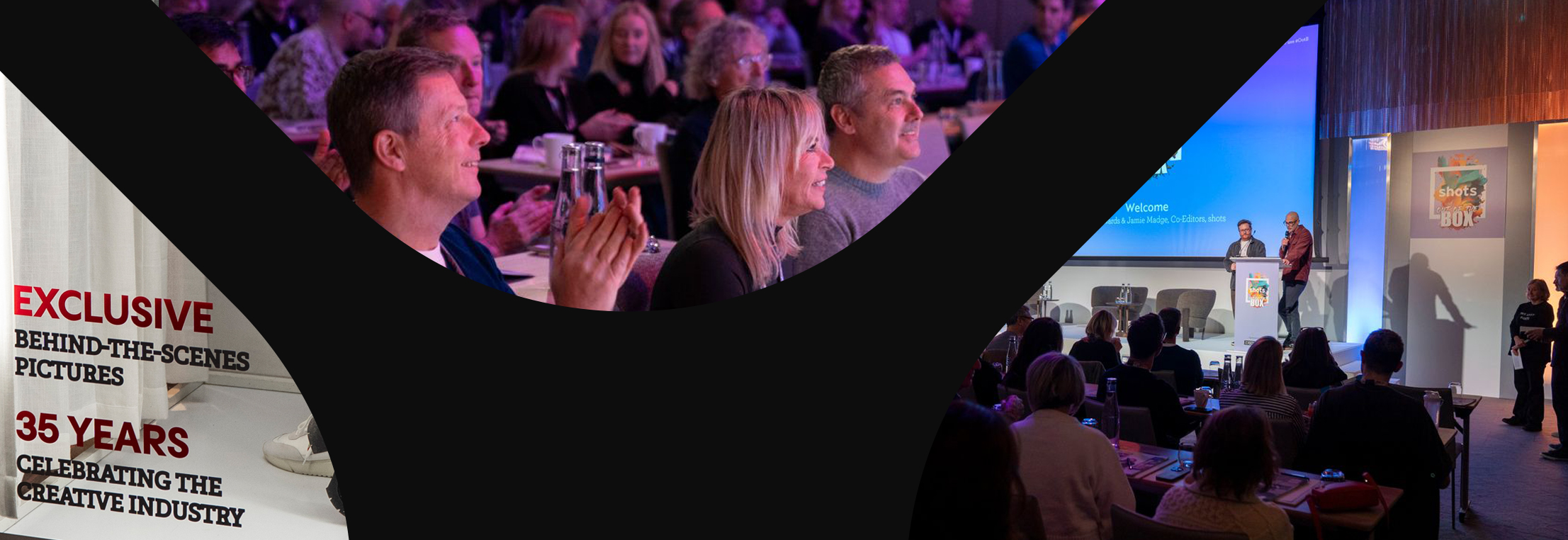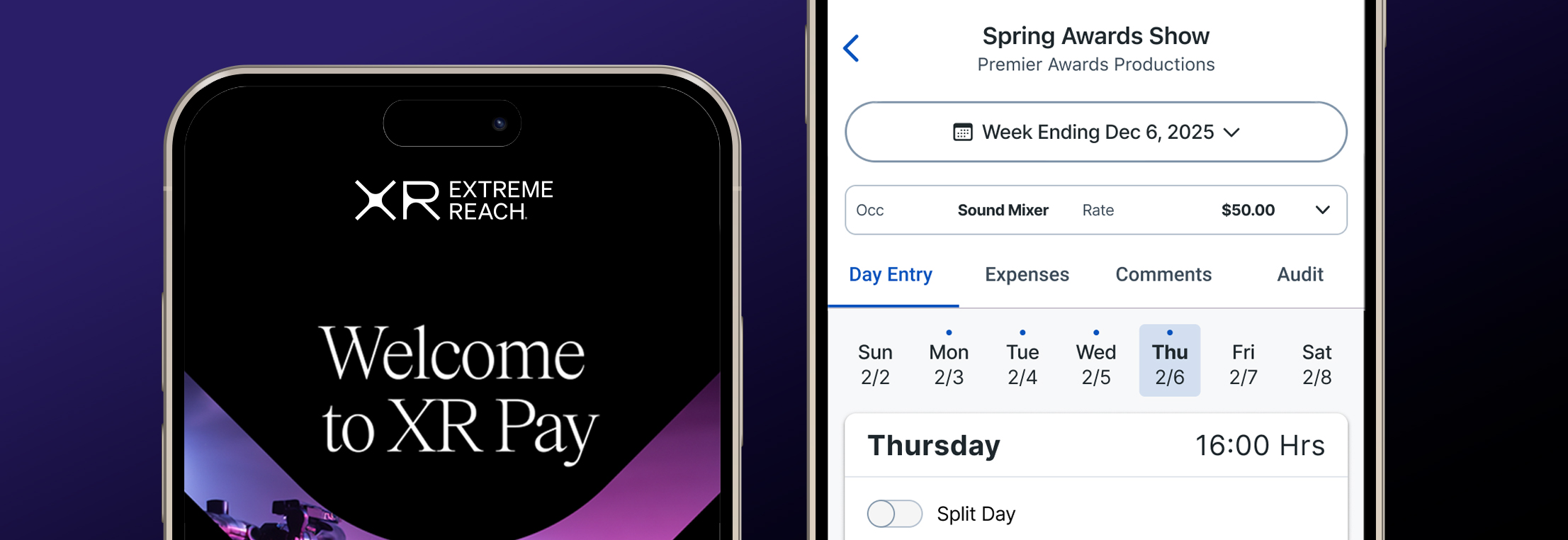A New Study on Diversity in Ad Creative Yields Surprising Results
This article was written for ANA Forward and originally published on the ANA website.
Melinda McLaughlin, CMO at Extreme Reach, discusses why diversity matters in advertising and working with AI
Adding diversity into one's ad creative "is not just the right thing to do," says Melinda McLaughlin, CMO at Extreme Reach (ER). "It's good business." Indeed, ads that reflect an audience's likeness have proven to be very effective for many brands, including those owned by P&G, the world's largest advertiser, where Chief Brand Officer Marc Pritchard has been one of the industry's leading proponents of diversity in marketing.
Speaking at the 2022 ANA Multicultural Marketing & Diversity conference, Pritchard made the point that 100 percent of the U.S. population's growth over the past 10 years has come from Black, Hispanic, Asian, Pacific-Islander, Native Indigenous, multiracial, and multiethnic segments, whose collective buying power is worth more than $5 trillion. Half of U.S. sales growth at P&G now comes from those consumers, according to Pritchard.
The marketing industry declared diversity an imperative in the wake of the events and racial tension that swept the U.S. in 2020. Discussions of diversity, equity, and inclusion (DEI) were suddenly ubiquitous. There was broad recognition that an industry so empowered to influence social norms around the world through its storytelling needed more diversity in a multitude of ways.
A year later, Adweek reported that "research indicates that Americans' demands for brands to be 'inclusive' and 'respectful' are on the rise — as is their desire for brands to support diversity and equality in the workplace, and their overall interest in social justice issues." But as more and more marketers began to look at diversity in their own creative, they had no basis of comparison to the their specific ad verticals or the industry at large.
In December of 2022, ER released a large-scale, multiyear benchmark report authored by McLaughlin and Andrew Blake, director of product, analytics, and artificial intelligence (AI), titled "Diversity in Ad Creative," to help marketers establish a baseline for setting KPIs and measurable goals for improving DEI in their advertising creative.
Here, McLaughlin discusses the study, the technology that made it possible, and what comes next.
[This interview has been edited for length and clarity.]
Q. Why did you feel benchmarks were imperative to accelerate progress in showing diversity in ad creative? Why did you invest in this study?
Simply put, you can't manage what you can't measure.
Marketers wield significant power to effect cultural norms, and global marketers — and the world at large — are very focused on this issue of diversity because it's not just the right thing to do, it's good business.
This report grew out of the work we're already doing with large global marketers who are very focused on representation inside ad creative. As we perfected and validated our proprietary methodology with individual clients, it became clear that it was time to aggregate findings across the half a billion creative assets under ER management.
Our clients have been able to measure against their own goals and trends over the years, but what was missing was an industry and vertical baseline from which they could compare and contrast their unique results to an aggregated benchmark.
Q. How did you use AI and machine learning to determine gender, race, and ethnicity with confidence?
This is complex and nuanced territory. First and foremost, it's important to note that this analysis only reports on the visual and audio detection of identifiable characteristics, with data that is returned with high confidence and validated by a team of people around the world, (who are) diverse themselves.
The methodology is described in more detail in the report but here is a high-level overview.
First, for years, we've been tracking and testing the robust public AI projects in this area. Two of the projects doing really impressive work to identify representation in video content are FairFace and DeepFace, so we began there. Our tests revealed that these were only 70 percent to 80 percent accurate in detecting age, race, and ethnicity in advertising content specifically.
Using our own review tool and a panel of diverse human reviewers in different regions, we analyzed thousands of assets with low-confidence predictions returned by the AI, to manually correct the data and improve precision. By feeding these more accurate assignments back into our machine learning models, we reached a precision rate of 96 percent.
There's a misconception that AI and machine learning models just analyze the color of a face. This is completely false. In our work with public APIs and our own proprietary layer of technology, our data comes from the analysis of 128 dimensions. The work in this area is truly fascinating.
Q. What are the key findings?
We were surprised that the representation of gender, age, and race/ethnicity lags behind the intention spoken about in the industry. It surprised me personally because in watching TV and streaming video, I feel that I see diverse representation in advertising.
We were also intrigued with the downward trends in 2022 after seeing progress in representation the years prior. We chose to analyze such a robust sample, [which spans] over four years, in order to present findings before, during, and after the height of the pandemic. But also, to provide substantive trend data. The industry made clear progress in 2020 and 2021. Advertising was more diverse, less white, slightly older, and a bit better on the male/female skew.
Then, in 2022, a lot of those trends reversed, particularly for race and ethnicity.

Q. What do you hope marketers take away from this work?
We hope this study provides the data that marketers need to set measurable goals and strategies for progress in this area. This study accelerates their ability to do that in the area of representation in ad creative, and fills the glaring gap in large-scale benchmarks, providing solid comparatives.
Q. What comes next?
Now that we have a robust baseline for North America, first up is expanding this into the next set of regions. This is underway and we expect to release that in the first half of 2023. Beyond regional expansion, we're also hard at work on expanding the things we can confidently measure to introduce new reporting areas.
Our Insights team is exploring how we might identify different body sizes and the presence of people with disabilities.
Then there's the fascinating area of who performs which actions in ads. Who's reaching for the product on the shelf? Or loading the washing machine? If the ad is set in an auto dealership, who is talking to the person who's selling the car? Who is sitting in the financial adviser's office? The list goes on.
We're excited to explore this area to see how ad creative is — or isn't — breaking old stereotypes.
We will publish regular updates to continue to track benchmarks over time. This is not a one-off. It's the start of a brand-new day as it relates to large-scale benchmarks to power the global ad industry in their creative pursuits.



.jpg)
